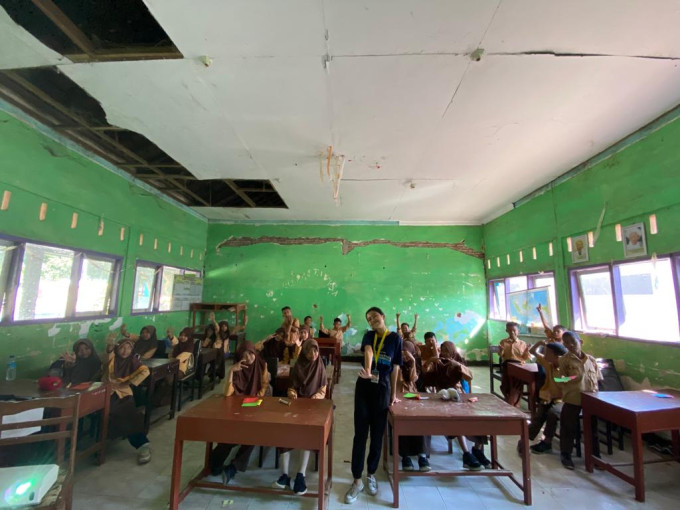
A team of students from Universitas Gadjah Mada taking the Community Service Program (KKN-PPM) in Labuhan Pandan Village, Sambelia District, East Lombok, conducted a waste separation awareness campaign.
The event took place on Saturday, July 29, 2023, with participants consisting of 5th-grade students from Labuhan Pandan State Elementary School 1.
“This program is the first step in realizing the Zero Waste initiative to raise awareness about the importance of waste management to prevent waste accumulation,” said team member Melvira Alifianti Putri Sopyan in a written statement sent to reporters on Monday (August 28).
According to Melvira Sopyan, the waste separation program was designed to engage students to understand the material better.
The activity began with an introduction to different types of waste, separating organic and inorganic waste, hazardous and toxic waste, and recycling methods. An educational short film on the importance of waste separation was shown.
“Finally, an interactive game session related to different types of waste was added to make the activity more engaging,” she explained.
Melvira Sopyan mentioned that this program aims to ensure that the awareness instilled in children, as the next generation and agents of change, serves as a crucial foundation for addressing waste issues and enhancing environmental consciousness.
The team also introduced eco-printing as an environmentally friendly and highly valuable method for utilizing natural resources, using leaves and flowers sourced from the surrounding environment of homes and schools.
Eco-printing techniques were taught to Riyadhus Shalihin NW Veteran Islamic Junior High School students in Labuhan Village.
“Participants were provided an understanding of the definition of eco-printing, various types of eco-printing, the materials and tools used, and the step-by-step process of eco-printing through presentations, video screenings, and hands-on practice,” she said.
The eco-printing training was conducted using the pounding method, where leaves and flowers were pounded onto fabric using a hammer, imprinting their patterns onto the cloth. Subsequently, eco-printing was applied to tote bags, allowing for immediate use.
According to her, the program was well-received by students and teachers, who showed enthusiasm by actively asking questions and documenting the eco-printing process. Through this program, the team hopes to enhance students’ skills and creativity in eco-printing.
Author: Gusti Grehenson

